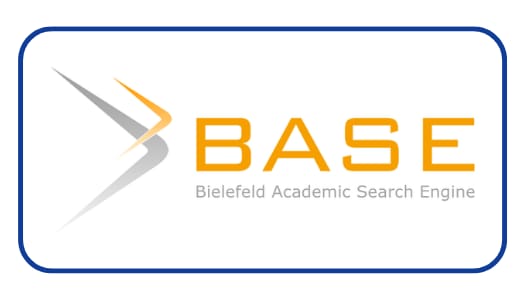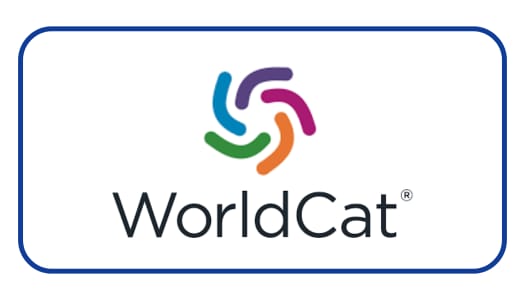Development of Teaching Material Modules Using The Guided Note Taking Method for Fiqh Learning Class VII at MTsN 12 Padang Panjang
DOI:
https://doi.org/10.69880/albahri.v1i1.113Keywords:
Modules , Guided Record Keeping Methods, Fiqh Learning and four-D (4-D) Development ModelsAbstract
One of the objectives of this study is to determine the development of the material module using the Guided Note Taking method in class VII Fiqh learning at MTsN 12 Tanah Datar. The Guided Note Taking method is a lecture method developed by teachers using modules given to students in the form of blank points. Students will concentrate and pay attention to learning and students are expected to play an active role in expressing their opinions. This research is a development research with a 4-D model from Thiagarajan (Define, Design, Develop, Disseminate) but researchers have only reached the Development stage. This research was carried out at MTsN 12 Tanah Datar in the first semester of Fiqh class VII. The data collection techniques used were observation, interviews, documentation and validation questionnaires for material, language and media experts. A module is declared viable if it meets valid aspects. Validity is seen from the validation results using validation sheets. Based on the results of the study, the results of the material expert's assessment of the assessment of the Guided Note Taking aspect obtained an average result of 87 with the "Very valid" criterion, then the content feasibility aspect obtained 86 results with the "Very valid" criterion, then in the construction feasibility aspect (presentation component) 93 results were obtained with the "Very valid" criterion. The results of the linguist's research obtained an average score of 67 with the "valid" criterion. In the communicative aspect, 70 results were obtained with "valid" criteria. In the aspect of using terms, symbols and icons, 70 results were obtained with "valid" criteria and in the dialogical and interactive aspects, 80 results were obtained with "valid" criteria. The results of media research on aspects of presentation display design, validators gave an average of 78 with "valid" criteria. The suitability aspect of content produced an average of 65 with the "valid" criterion. The engineering aspect of writing obtained an average of 90 with the "valid" criterion.
Downloads
References
Adona, P. (2018). احرتافية مدرس اللغة العربية يف تدريس مهارة الكتابة ابملدرسة الرتبية اإلسالمية ابكان سيناين ابايكمبوه) دراسة الوصفية.
Astra, I. M., Budi, E., & Evita, C. (2020). The effects of active learning model guided note taking on student’s critical thinking ability in high school. Journal of Physics: Conference Series, 1521(2), 22006.
Boyadzhieva, E. (2016). Learner-centered teaching and learner autonomy. Procedia-Social and Behavioral Sciences, 232, 35–40.
Fitriana. (2024). Interview.
Muqdamien, B., Umayah, U., Juhri, J., & Raraswaty, D. P. (2021). Tahap Definisi Dalam Four-D Model Pada Penelitian Research & Development (R&D) Alat Peraga Edukasi Ular Tangga Untuk Meningkatkan Pengetahuan Sains Dan Matematika Anak Usia 5-6 Tahun. Intersections, 6(1), 23–33. https://doi.org/10.47200/intersections.v6i1.589
Sri Haryati. (2012). ( R & D ) Sebagai Salah Satu Model Penelitian Dalam. Academia, 37(1), 13.
Sugiyono. (2017). Metode Penelitian & Pengembangan. Alfabeta.
Juvenile Rosdakarya. 2014. Auntie assessment of learning processes and outcomes. Bandung: Abdul Majid
Publisher Depublish. 2019. Psychology of Learning. Yogyakarta. Afi Parnawi
Almaida's Heirloom, Mould I. 2020 Innovative Learning &; Guidelines and Varied PTK Experimental Experiments. South Sulawesi. Andi Kaharuddin &; Nining Hajeniati.
Publisher: Global RCL. Learning outcomes from a parent support perspective &; students' interest in learning. 2021 South Sulawesi.
Publishers love the press. Innovative creative active teaching strategies. 2017. Yogyakarta. Baso Intang Sappaile, Trianto Pristiwaluyo, Itha Deviana.
Daniel Setiawan, madhakomala, Ucu Cahyana. Determinants of the effectiveness of military capabilities. Adab Publishers. West Java. First printing, July 2020.
Darwyn Shah, Planning of the Islamic Religious Teaching System. Jakarta: Gaung Persada Press 2007.
Hadi Suseno. Curriculum Development Design 2013 in Madrasah. Depok: Kencana, 1st printing, 2017.
Hisham Zaini et al, Active Learning Strategies. Yogyakarta: Insan Madani, 2008.
Komariah, Aan and Triatna, Visionary Ledearship Towards Effective Scheduling. Jakarka Buki Aksara, 2017.
Mesiono. Effectiveness of madrasah/school-based management, effectiveness ability, and power leadership. Publisher: The published catalog. Print 1, 2018.
Mohammad Syarif Sumatri, Learning Strategies: Theory and Practice at the Basic Education Level. Jakarta: Rajawali Press, 2015.
Muh Fitrah, Quantitative Research Methodology, Classroom Action and Case Studies. West Java: CV Jejak, 2017.
Muhibbin Shah, "The Psychology of Learning". Jakarta: Rajawali Press, 2013.
Nunuk Suryani, Ahmad Setiawan and Aditin Putra, "Innovative Learning Media and Its Development". Bandung, PT. Remaja Rosdikarya: April 2018.
Downloads
Published
How to Cite
Issue
Section
License
Copyright (c) 2024 Revi Junianti

This work is licensed under a Creative Commons Attribution-ShareAlike 4.0 International License.




















